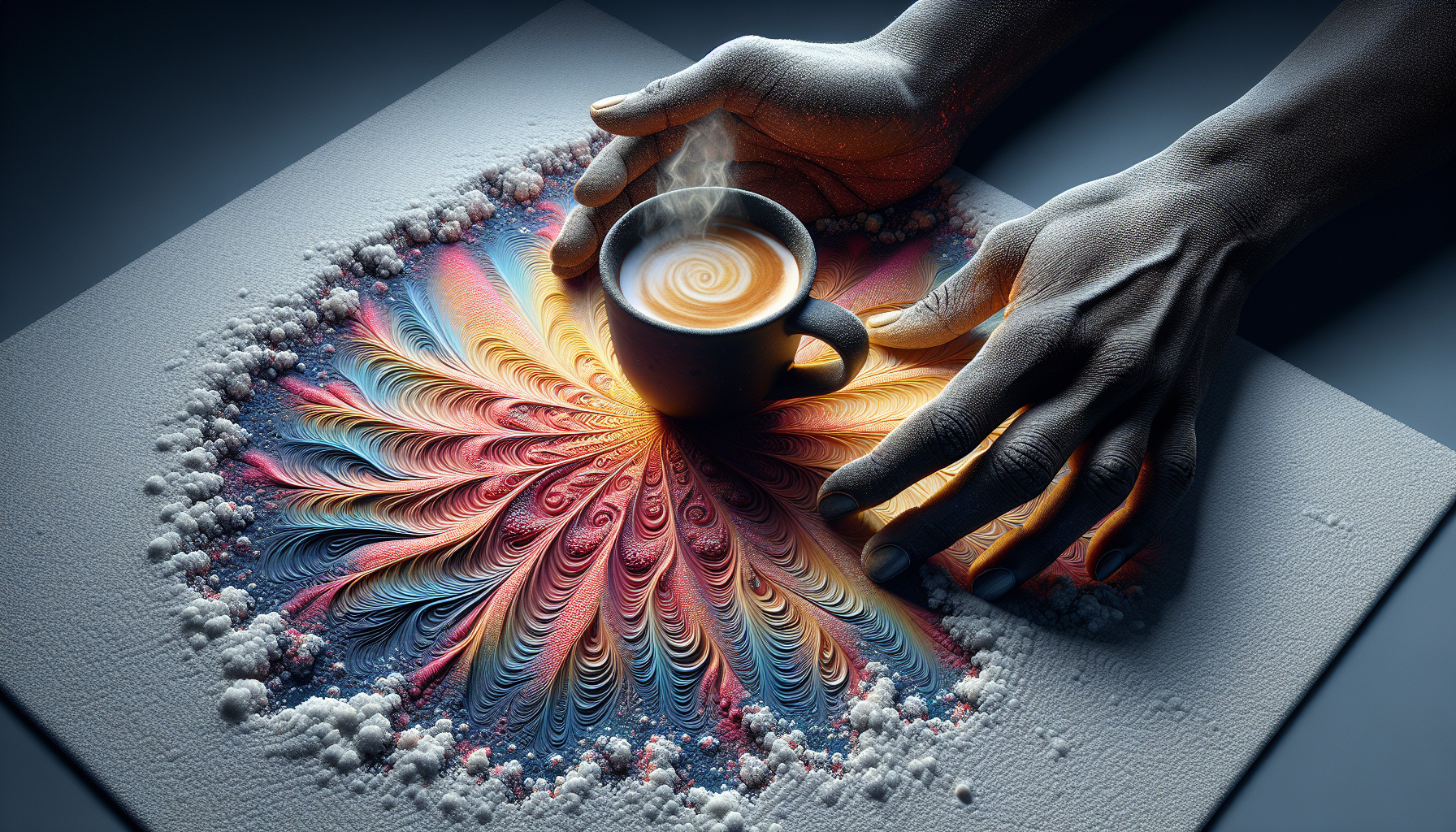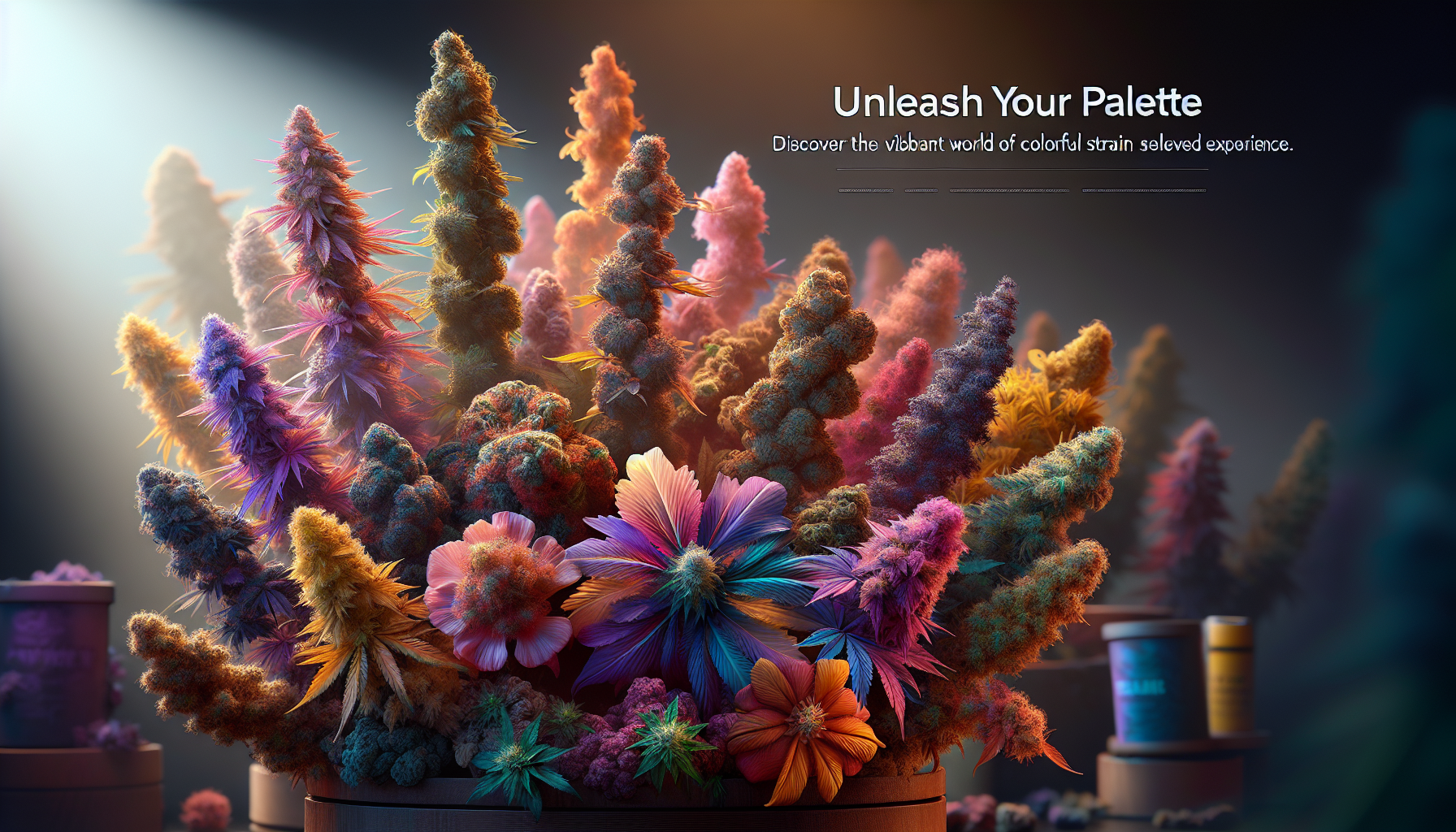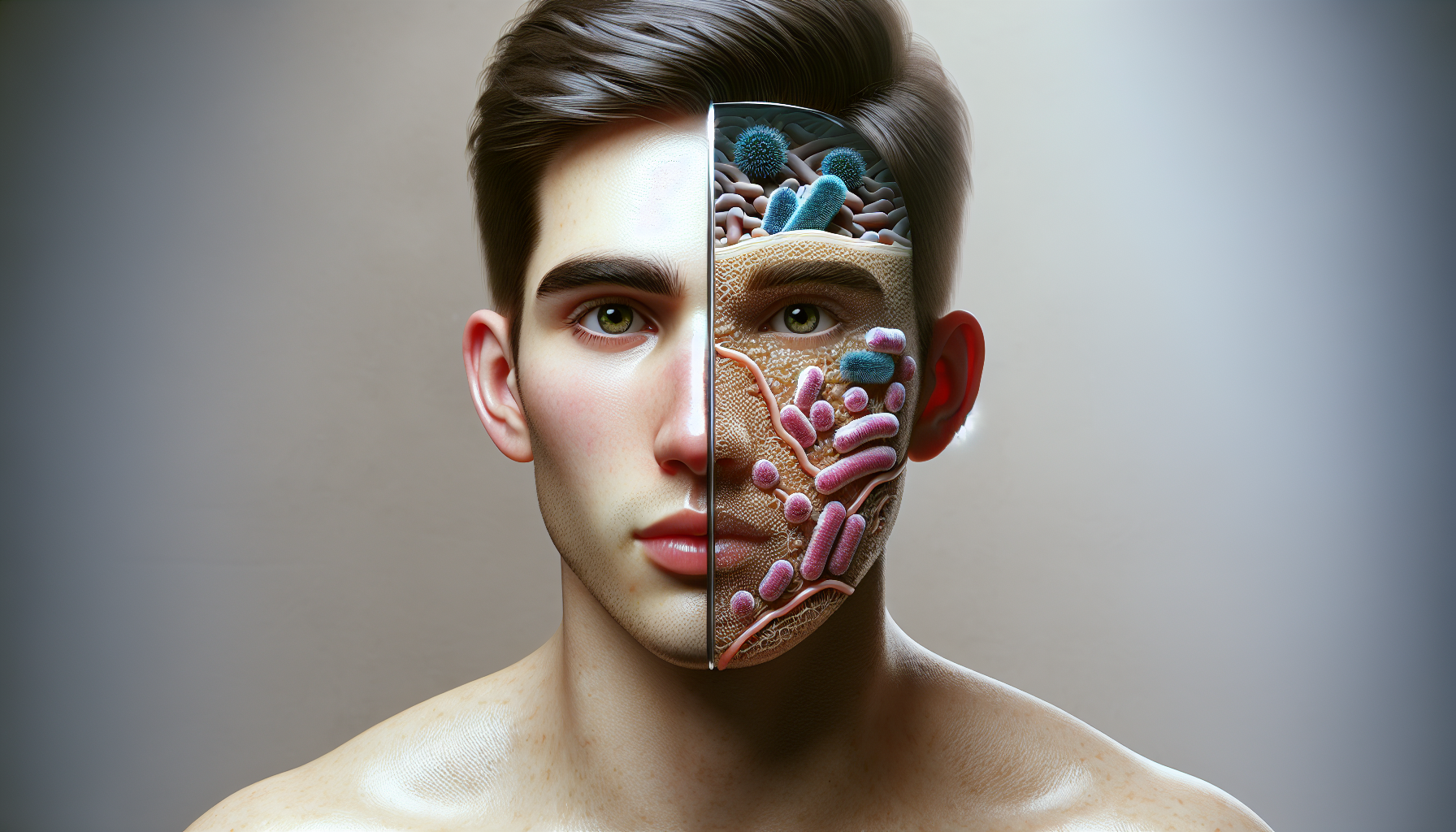In the world of design and technology, where innovation seems to be the only constant, there’s a fascinating and transformative trend that’s capturing the imagination of creators and consumers alike: heat-activated details. Imagine a world where colors change, patterns emerge, and hidden messages reveal themselves—all with just a touch of heat. This is not a scene from a science fiction movie, but a burgeoning reality that’s redefining the boundaries of design and interactivity. From clothing and accessories to home décor and packaging, heat-activated technology is making waves, promising a next-level experience that engages the senses and sparks curiosity. 🌡️✨
As we embark on this journey into the realm of heat-activated magic, we’ll explore the science and artistry behind this innovative trend. What makes certain materials react to heat, and how are designers harnessing this property to create stunning, interactive pieces? At the core of this innovation are thermochromic pigments and materials—substances that change color when exposed to different temperatures. These materials have been around for a while, but recent advancements have pushed their potential to new heights, allowing designers to create products that are not only visually captivating but also interactive and functional.
In this article, we’ll delve into the many ways heat-activated details are being utilized across various industries. In fashion, designers are crafting garments that change patterns or colors when exposed to body heat, adding an element of surprise and personalization to everyday wear. In the world of interior design, heat-sensitive wallpapers and paints are offering homeowners the ability to transform their spaces with the changing seasons or moods. And let’s not forget the impact on marketing and packaging—imagine a product label that reveals a hidden message or design when you hold it in your hands. Such innovations are not just eye-catching; they create a memorable and engaging user experience that leaves a lasting impression.
But beyond the aesthetics and novelty, heat-activated technology also offers practical benefits. Consider the applications in safety and security—thermochromic materials can be used in warning labels that become visible only at certain temperatures, providing critical information when it’s most needed. In healthcare, these materials are being used to create smart bandages that change color to indicate infection or a change in body temperature, offering a non-invasive way to monitor patient health. The possibilities are truly endless, and as technology continues to evolve, the potential applications of heat-activated details are limited only by our imagination.
So, whether you’re a designer looking to push the boundaries of creativity, a tech enthusiast eager to explore the latest innovations, or simply someone curious about the future of interactive experiences, this exploration into the world of heat-activated details promises to enlighten and inspire. Join us as we uncover the secrets behind this fascinating technology, celebrate the creativity of those who bring it to life, and imagine the myriad ways it will shape our lives in the years to come. The power of heat is no longer just a source of warmth or cooking—it’s a catalyst for change, a medium for creativity, and a gateway to a new world of possibilities. Let’s discover the magic together! 🔥🔍
Understanding Heat-Activated Technology
Heat-activated technology is a fascinating field that has transformed industries ranging from fashion to automotive design. At its core, this technology relies on materials that respond dynamically to changes in temperature. These materials undergo physical or chemical transformations when exposed to specific heat levels, creating effects that are as functional as they are aesthetically pleasing.
In fashion, for instance, heat-activated inks can be used on fabrics to create designs that change color or reveal hidden patterns when warmed by body heat or external sources. This not only adds a unique, interactive element to clothing but also allows for customization and personalization like never before. Similarly, in automotive design, heat-responsive coatings can change a vehicle’s appearance based on temperature fluctuations, offering new possibilities for personalization and security.
These innovations are possible due to advances in material science, which have enabled the development of thermochromic and thermotropic materials. These materials are engineered to respond predictably to heat, making them invaluable in applications where precision and consistency are key. For those interested in exploring the vast potential of heat-activated details, a deeper dive into the science behind these materials is essential. Check out the video below to see heat-activated technology in action:
Heat-Activated Technology in Fashion – Tech Insider
Applications and Innovations
The applications of heat-activated technology are diverse and continually expanding. In the realm of interior design, heat-sensitive wallpapers and paints can transform a room’s ambiance based on the room’s temperature, providing a dynamic and interactive environment. Such innovations not only serve aesthetic purposes but also offer practical benefits such as energy savings and enhanced comfort.
Furthermore, in the medical field, heat-activated materials are being developed for use in drug delivery systems. These systems can release medication at controlled rates in response to body temperature, offering targeted and efficient treatment options for patients. The ability to activate and deactivate these systems as needed provides a higher degree of control over treatment regimens, reducing side effects and improving patient outcomes.
In the industrial sector, heat-activated adhesives and sealants offer superior performance compared to traditional options. They provide strong bonds and flexible sealing solutions that can withstand extreme temperatures, making them ideal for use in environments where conventional materials would fail. Explore the benefits of heat-activated materials in various industries by examining the following table:
| Industry | Application | Benefits |
|---|---|---|
| Fashion | Color-changing fabrics | Customization, interactivity |
| Automotive | Thermochromic coatings | Personalization, security |
| Medical | Drug delivery systems | Targeted treatment, reduced side effects |
| Industrial | Adhesives and sealants | Durability, temperature resistance |
Challenges and Future Directions
While the benefits of heat-activated technology are clear, there are challenges that must be addressed to realize its full potential. One of the primary concerns is the cost of developing and implementing these advanced materials. As with many emerging technologies, economies of scale will play a crucial role in making these innovations more accessible and affordable for consumers and businesses alike.
Additionally, there are technical challenges related to the durability and longevity of heat-activated materials. Ensuring that these materials maintain their responsiveness over time and under varying environmental conditions is crucial for their widespread adoption. Researchers are actively working to enhance the stability and robustness of these materials to overcome such hurdles.
Looking to the future, the integration of heat-activated technology with digital systems presents exciting possibilities. Imagine smart textiles that not only change color but also interact with wearable devices to provide real-time health monitoring or environmental feedback. As the Internet of Things (IoT) continues to evolve, the potential for heat-activated details to enhance connectivity and interactivity is immense.
- Watch the development of cost-effective production methods for heat-activated materials.
- Stay updated on breakthroughs in enhancing the durability and functionality of these materials.
- Consider the implications of integrating heat-activated technology with IoT devices for smarter solutions.

Conclusion
In conclusion, the exploration of heat-activated details presents a fascinating intersection of technology, design, and user experience that has the potential to transform how we interact with everyday objects. Throughout this article, we have delved into the mechanisms behind heat activation, the diverse applications across industries, and the significant advantages this innovation offers. From clothing that changes color with body temperature to surfaces that reveal hidden designs when touched, the possibilities seem boundless.
One of the primary points discussed was the technology itself, which leverages thermochromic materials to create dynamic and responsive surfaces. These materials react to temperature changes by altering their physical properties, most notably color. This feature not only adds an element of surprise and engagement but also enhances the functionality of products, making them more versatile and user-friendly.
The versatility of heat-activated technology is evident in its applications across various industries. In fashion, designers are creating garments that offer a personalized experience, responding to the wearer’s environment and body heat. In the automotive industry, manufacturers are utilizing these materials to develop interiors that improve comfort and aesthetics. The potential extends to the fields of home decor, safety equipment, and even packaging, where heat-sensitive labels can indicate freshness or spoilage.
Moreover, the integration of heat-activated details contributes to sustainability efforts. Products that adapt and change can lead to reduced waste, as consumers are more likely to retain and reuse items that offer a dynamic experience. This adaptability also aligns with the growing demand for personalized products, as consumers increasingly seek items that reflect their individuality and lifestyle.
The importance of this topic cannot be overstated, as it represents a shift towards more interactive and sustainable product designs. By embracing the magic of heat-activated details, designers and manufacturers can create more engaging, efficient, and environmentally friendly products. This innovation not only meets the demands of modern consumers but also paves the way for future advancements in technology and design.
As we conclude this exploration, it is essential to acknowledge the broader implications of this technology. The potential for heat-activated materials to revolutionize industries is immense, offering new avenues for creativity and innovation. As designers continue to push the boundaries, we can anticipate even more groundbreaking applications that will redefine our interaction with the world around us.
We encourage you, our readers, to think about how heat-activated details could enhance your own life or work. Whether you are a consumer looking for the next unique product or a designer seeking inspiration, consider the endless possibilities that this technology offers. Share your thoughts and experiences in the comments below, and let us know how you envision the future of heat-activated innovations.
For those interested in diving deeper into this topic, several resources are available to explore the current research and developments in this field. Consider checking out sources such as the and industry reports from Research and Markets. These platforms provide valuable insights and updates on the latest trends and advancements.
In conclusion, the magic of heat-activated details is not just a novelty but a powerful tool for enhancing user experience and promoting sustainability. As we continue to explore and innovate, the potential for these materials to transform industries and improve our daily lives is vast. We invite you to join us on this journey, share your thoughts, and explore the endless possibilities of unleashing the power of heat. 🔥✨
Toni Santos is a visual explorer and microscopic storyteller who delves into the hidden aesthetics of microbial life. Through a fusion of scientific curiosity and artistic insight, Toni transforms the overlooked world of bacteria, fungi, and cellular forms into mesmerizing visual narratives—revealing the elegance, symmetry, and chaos that thrive at microscopic scales.
Rooted in a fascination with life forms too small to see yet too intricate to ignore, Toni’s work captures the bizarre beauty of microbial colonies, biofilms, and spore patterns. These images aren’t just representations—they are celebrations of the artistic intelligence encoded in nature’s tiniest architects.
With a background in visual design and bio-inspiration, Toni merges scientific imaging techniques with creative expression, transforming petri dish cultures, fluorescence microscopy, and microbial textures into works that provoke both wonder and contemplation.
As the creative force behind Vizovex, Toni offers curated visual studies, microbial-inspired designs, and essays that bridge art and microbiology—inviting viewers to reimagine what beauty means at the edge of perception.
His work is a tribute to:
The hidden geometries of living systems
The surprising elegance of microbial growth
The role of micro-life in shaping visual culture
Whether you’re a scientist, artist, or simply curious about the unseen world that sustains us, Toni opens a window into a universe where life writes poetry in colonies and patterns, one microbe, one frame, one breathtaking detail at a time.





